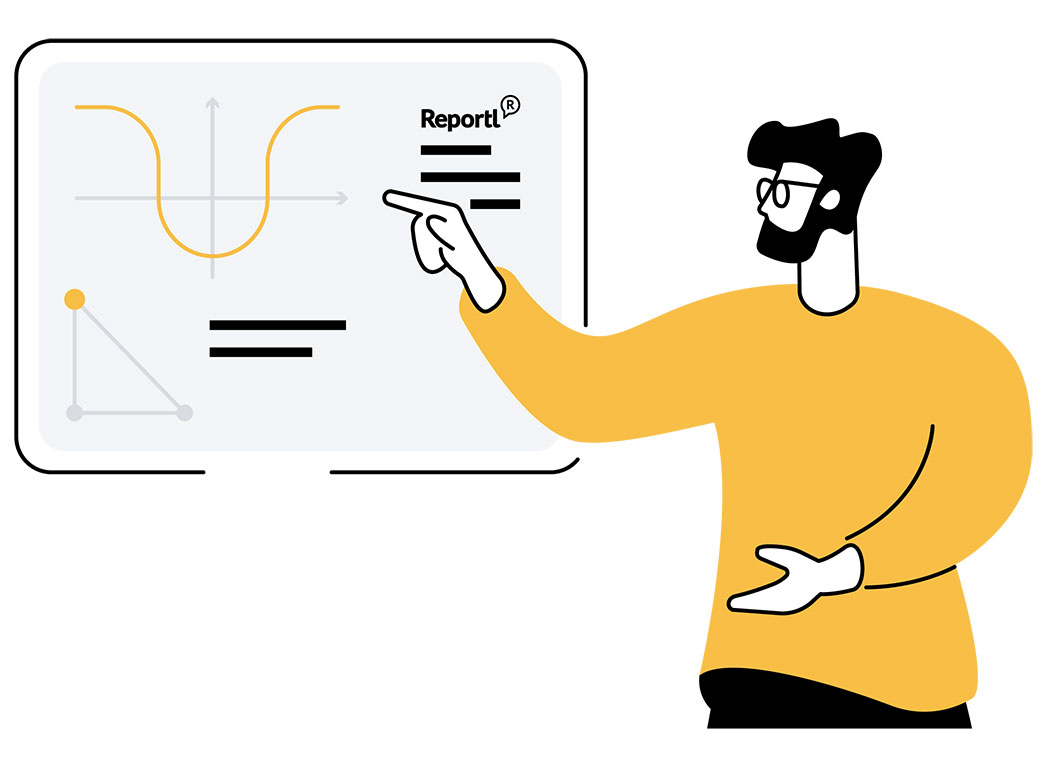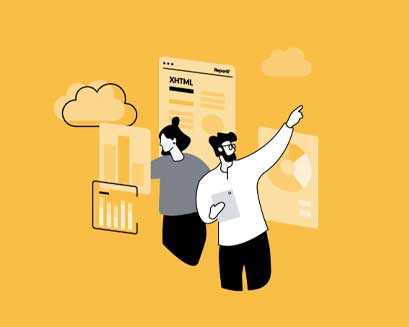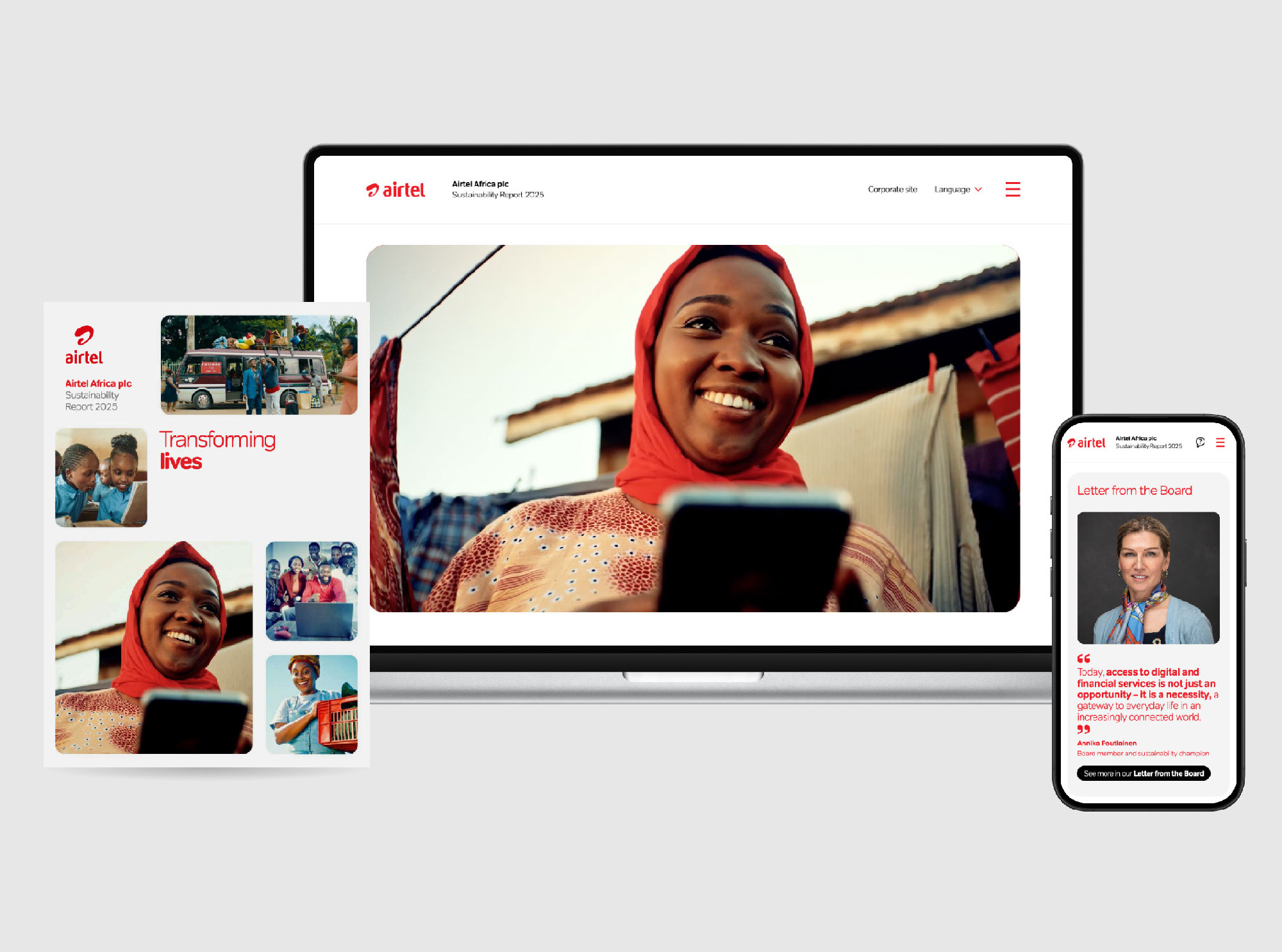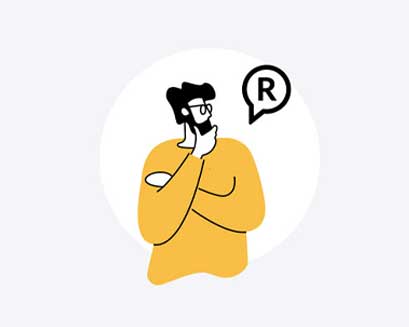Solving a 30-year-old design problem with Reportl
Stakeholders and regulators now demand reports in multiple formats – PDF, print, online, iXBRL. Rob Riche explains how Reportl's unique digital-first design process is helping Friend Studio transform its clients’ reporting and communications.


Author: Rob Riche
This article originally appeared in Communicate magazine.
Digitisation matters
It’s over 30 years since the web started to change everyone’s lives, and HTML is now the most scalable, engaging and accessible communications format in the world. 99.9% of us use the HTML format every day on the web. Over the same period, the PDF format has become equally important, often beautifully designed for communications and campaigns. PDF is now the most sharable and printable document format available.
These two formats, HTML and PDF, perform complementary roles, and both are essential to the future of corporate communications. But the focus on PDF-first and limitations in this software have, so far, prevented corporate reporting from keeping pace with digitisation.
The PDF v digital problem
For most communications, PDF vs digital format remains an either/or decision. This is because PDF and digital are usually created in different software, making it inefficient and expensive to deliver both at once. As a result, designers create interactive PDFs that ‘pretend’ to be digital, but are not really digital at all.
Necessity drives invention
New digital regulations like ESEF have highlighted this PDF vs digital problem. As the digital requirements increase with the arrival of CSRD and ISSB, reporting will need to be more efficient to create, but also more accessible and mobile-friendly for all stakeholders. That requires better HTML, not just a PDF. We need software that can do PDF and HTML that are both well-designed.
Introducing Reportl
Reportl is a digital design platform delivering all formats (PDF, online, print, iXBRL) from one source of content. Reportl is cost effective and efficient, and ensures compliance with continued regulatory changes as digital and tagging requirements become more complex.
Reportl also offers many other benefits for companies and their stakeholders including all the features users now expect from digital content – interactive, accessible, responsive, video, analytics, SEO and AI-friendly. Reportl enables companies to transform and future-proof their reporting digitally, while retaining the PDF format as well.
What does the future of reporting look like?
A groundbreaking example of this is Oakley Capital Investments’ 2024 Annual Report. All formats in this suite were built using Reportl, delivering an engaging, beautifully-designed experience across all versions. By using Reportl, Oakley’s reporting also adheres to all the complex regulatory, accessibility and tagging standards in mandatory digital reporting.
Is it complicated and expensive?
No. Reportl doesn’t significantly change your processes. It makes many tasks easier and is a similar cost to print-based software.
The software change mainly affects the design team. Like all design software they would need to learn the system thoroughly in order to use it.
Planning for change with confidence
How do you decide the best approach to mandatory digital reporting?
In the UK, the FRC and FCA have provided very clear guidelines on what is expected from digital reporting, and why. In order to meet the demands of these changes, we recommend companies and their design teams carefully follow this FRC guidance.
Reportl adheres to the FRC and FCA’s guidelines on digitisation and compliance.




